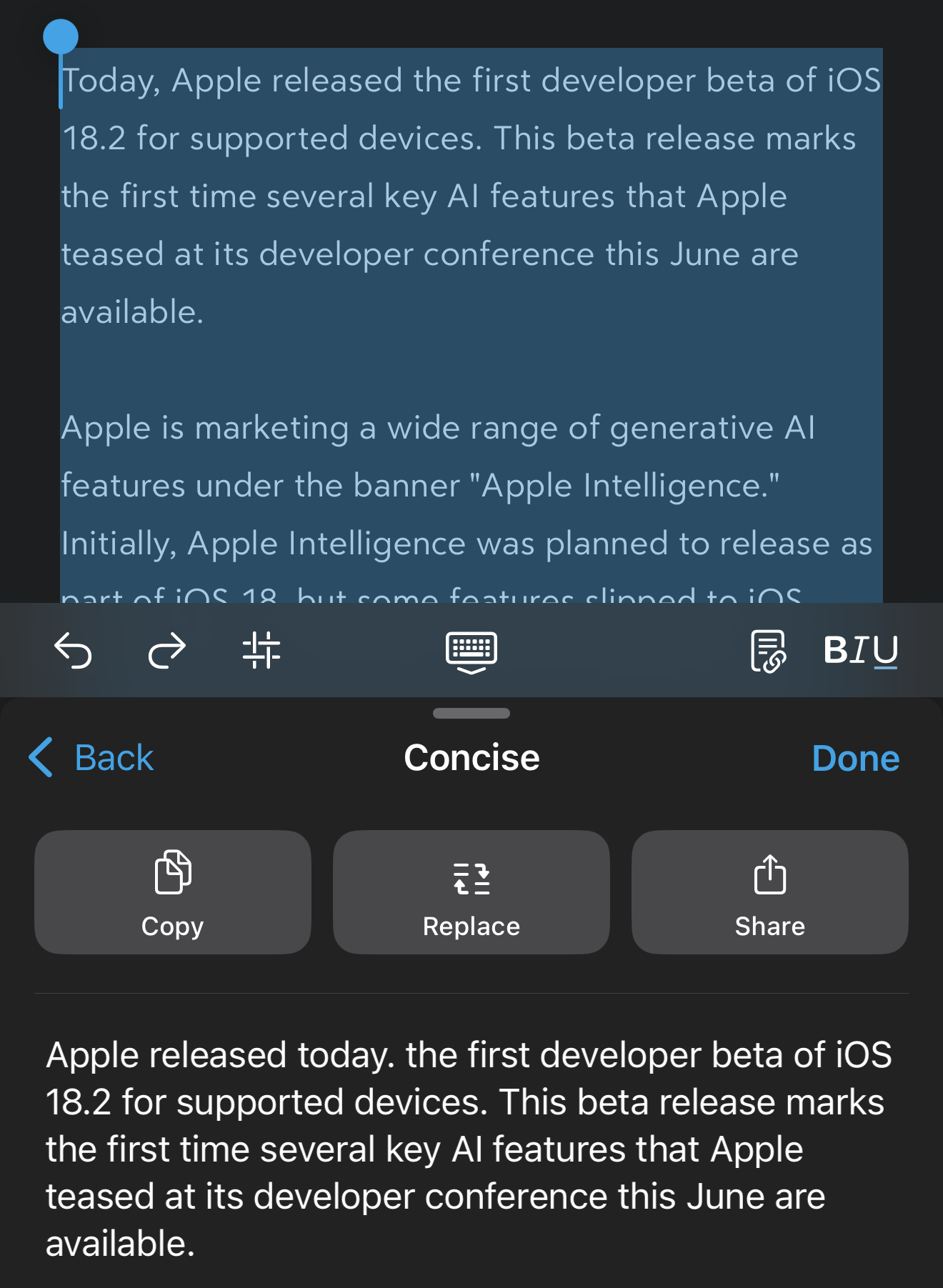Musi fans refuse to update iPhones until Apple unblocks controversial app

“The public interest in the preservation of intellectual property rights weighs heavily against the injunction sought here, which would force Apple to distribute an app over the repeated and consistent objections of non-parties who allege their rights are infringed by the app,” Apple argued.
Musi fans vow loyalty
For Musi fans expressing their suffering on Reddit, Musi appears to be irreplaceable.
Unlike other free apps that continually play ads, Musi only serves ads when the app is initially opened, then allows uninterrupted listening. One Musi user also noted that Musi allows for an unlimited number of videos in a playlist, where YouTube caps playlists at 5,000 videos.
“Musi is the only playback system I have to play all 9k of my videos/songs in the same library,” the Musi fan said. “I honestly don’t just use Musi just cause it’s free. It has features no other app has, especially if you like to watch music videos while you listen to music.”
“Spotify isn’t cutting it,” one Reddit user whined.
“I hate Spotify,” another user agreed.
“I think of Musi every other day,” a third user who apparently lost the app after purchasing a new phone said. “Since I got my new iPhone, I have to settle for other music apps just to get by (not enough, of course) to listen to music in my car driving. I will be patiently waiting once Musi is available to redownload.”
Some Musi fans who still have access gloat in the threads, while others warn the litigation could soon doom the app for everyone.
Musi continues to perhaps optimistically tell users that the app is coming back, reassuring anyone whose app was accidentally offloaded that their libraries remain linked through iCloud and will be restored if it does.
Some users buy into Musi’s promises, while others seem skeptical that Musi can take on Apple. To many users still clinging to their Musi app, updating their phones has become too risky until the litigation resolves.
“Please,” one Musi fan begged. “Musi come back!!!”
https://arstechnica.com/tech-policy/2024/11/fans-mourn-loss-of-music-streaming-app-accused-of-ripping-off-youtube/








